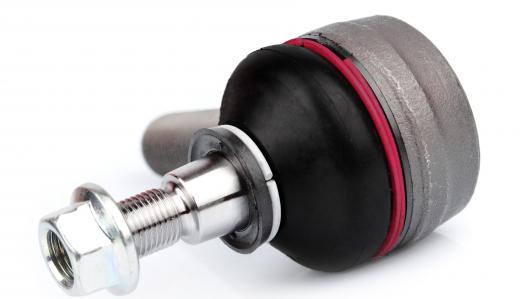A check valve is a type of valve which only permits flow in one direction. These valves are often designed for safety reasons, to prevent backflow and to ensure that someone operating a system knows which direction fluids and gases are flowing in. Check valves can also be used for tasks like creating leak tight seals, which can be an important safety or convenience future. They are also used for the routine task of directing fluids or gases efficiently through a system.
Also known as a one way valve or a nonreturn valve, a check valve can work in a number of ways. One of the most common styles is the ball valve, made by mounting a ball over a disc with a small hole in it. Liquid or gas can flow through the hole and around the ball, but when it tries to push the other way, it shoes the ball up against the disc, creating a seal. Other styles include clapper, swing, and diaphragm check valves, each designed for varying applications.

In some regions of the world, check valves may be required by law with certain types of systems, for safety. For example, a water heater and associated plumbing use check valves to control pressure and reduce the risk of explosion. Check valves are also important components in many types of medical equipment, such as non-rebreather masks used to provide supplementary oxygen. Most plumbing systems have at least one check valve, and complicated arrangements of such valves are used for safety in chemical plants, on tankers, and in a variety of other facilities.
Check valves come in a range of diameters for different kinds of piping. They are also tested to determine their load rating, determining how much pressure is required to break the valve. As a general rule, experts recommend purchasing check valves with pressure ratings which exceed the potential pressure which can be generated by a system, ensuring that the check valve will hold up even if the system reaches a critical point of pressure.
The check valve can even be found inside the body. The heart, for example, has what are essentially check valves which permit the one way flow of blood through the heart. These valves prevent oxygenated blood from flowing back into the heart, and force deoxygenated blood through the heart, and they are designed to deal with a high level of pressure and to withstand years of use; nature can be an excellent engineer, apparently.
Ever since she began contributing to the site several years ago, Mary has embraced the exciting challenge of being a About Mechanics researcher and writer. Mary has a liberal arts degree from Goddard College and spends her free time reading, cooking, and exploring the great outdoors.

